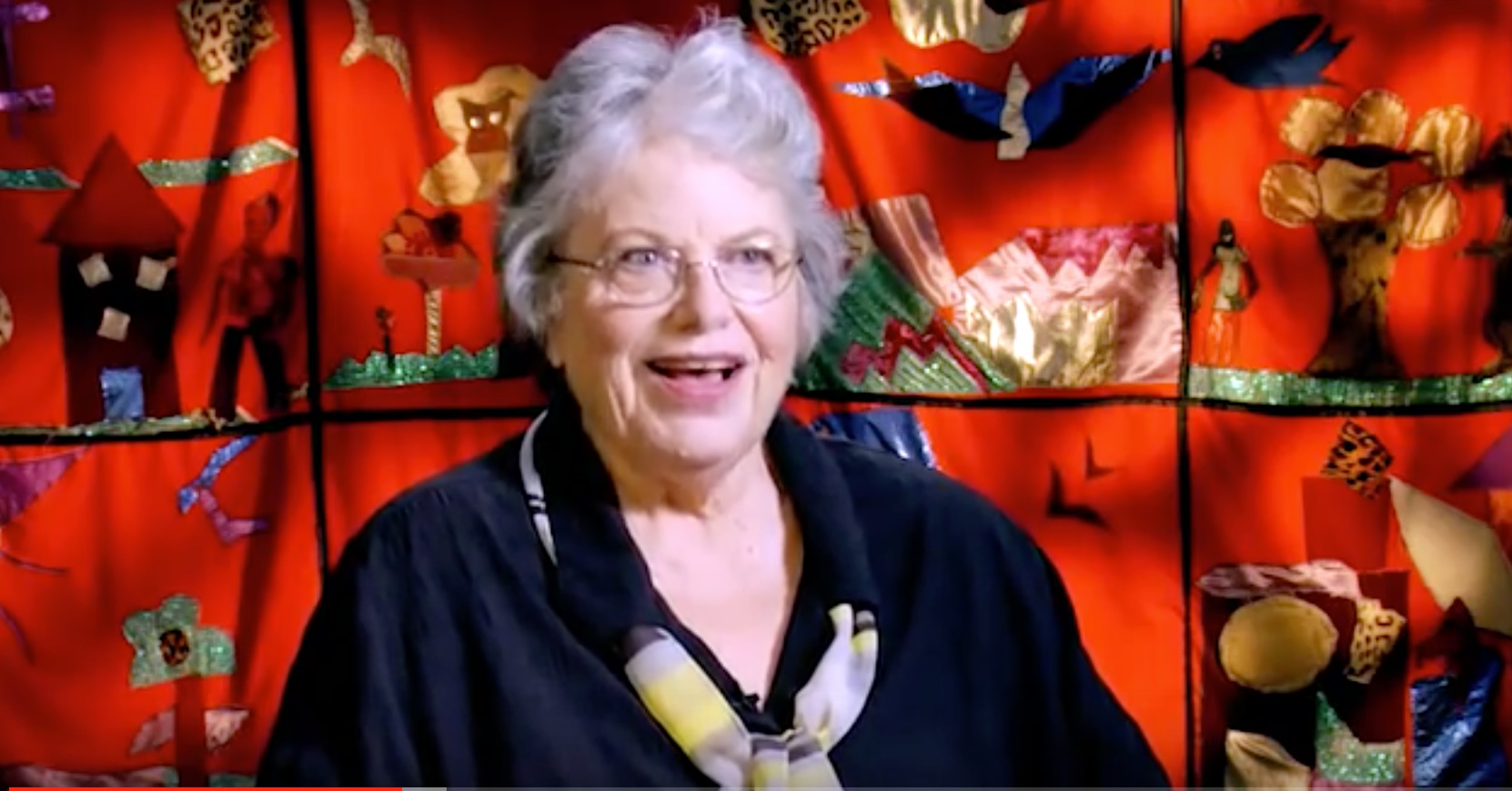
Webcast: Strategies for Assessing and Teaching Students with Visual and Multiple Disabilities
This video examines how learners at the sensorimotor level acquire information and progress through the learning stages.
In this video Millie Smith explores how learners at the sensorimotor level acquire information and progress through the learning stages. She notes that learners begin by acquiring sensory information, then storing it, retrieving it, and using it. The primary behavior of learning at the sensorimotor stage is exploring. At this stage, learners are busy finding out the answer to “what is it like” as they explore the objects in their environment. They then start to ask “what does it do?” and these two questions are the foundations of cognitive development, as they try make sense of the world in which they live.
Sensory Learning
Millie Smith emphasizes that the curriculum at the sensorimotor stage focuses on tactile learning, in which the learner explore his own body and objects in his environment. She developed the Sensory Learning Kit for APH as a tool to address the needs of learners at the sensorimotor level of development. The kit is designed to help educators to assess a learner’s sensory response and to identify the preferred learning media of the student. Response levels include attention, exploration, and function. A sensory routine can then be developed, based on these responses, in collaboration with all members of the team, including the TVI, PT, OT, and Speech Therapist.
Symbols and Meaning
Finally, Smith discusses the development of appropriate IEP goals aimed at helping the learner to move through the stages of finding out “what is it like?” to “what does it do?” finally to “what is its name?”. In Piagetian terminology, this is the move from the sensory motor stage to the pre-operational stage. She developed SAM or the Symbols and Meaning Kit for learners at this stage.
- Introduction
- Understanding How Sensorimotor Stage Learners Acquire Information
- Assessing Sensory Needs of the Learner with Multiple Disabilities
- The Levels of Sensory Response
- Strategies for Progressing Through the Learning Stages
- Creating Attainable IEP Goals
- Moving from Function to Symbols and Meaning
